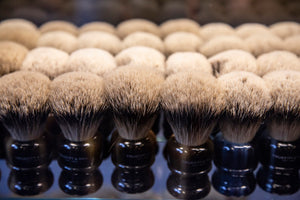When it comes to morning ablutions, a traditional shaving set with the full accouterments, luxuriant lathers, and healing creams is the grooming equivalent of starting your day with brewed coffee, smoked salmon, and eggs benedict at Fortnum & Mason. Just as you can do the job quickly and mindlessly with a supermarket razor, so too can you grab a convenience snack and a chain store coffee on the go, but it isn’t exactly an enriching experience for the day ahead.
There’s a misconception that shaving is a perfunctory task as opposed to a to-be-relished pleasure, and part of that comes with using the wrong tools. A handsome straight razor, or safety razor, shaving set not only elevates the process but will serve to make the task easier. Finding the right shaving brush is as good a place as any to start, but which to choose? And, more importantly, how does one use it properly? Truefitt & Hill’s Master Barber, Michael Symeon, shares his expertise:
Know your badger hair
“There are different kinds of badger hair”, says Symeon. “And the different types will do different things for your shave”. The categories of badger shaving brush hair are Pure Badger or Best Badger hair, which comes from the back and the belly of the animal, Super Badger, which is from just the belly, and Silvertip Badger, which is from the underside of the neck. As you can imagine, hair from the back and belly is the most coarse, hair from just the belly is moderately soft, and hair from underneath the neck is the softest. That is not to say that you should discount using a coarse brush, because these have their own benefits.
“Many clients will opt for a coarse brush because it has exfoliant properties”. Softer brushes, by contrast, will hold the heat more and this will serve to soften your stubble.
Choose your shape
“There are two different shapes of brush - fan, and bulb - and these have an effect on your shave”, says Symeon. A fan shape will provide more coverage and load more shaving soap with ease; however, the bristles can fold as you work your shaving cream into a lather. With the bulb shape, the bristles tend to fold less, especially if you keep to the middle of the brush - its highest point. Bristle density can also help keep the brush from folding over on itself. For both fan and bulb brushes, a densely bristled brush will continue to perform well as you apply pressure to work the lather onto your face.
Care for your badger brush properly
A natural hair shaving brush can be a pivotal component of your best shaving experience. However, any animal hair brush, whether horse hair, badger hair, or a boar brush, requires a certain amount of care. In fact, badger hair brush care is, according to Symeon, of paramount importance in extending the lifespan of your high-quality shaving brushes and keeping them in good working order. “A brush that has been glued should last a man 2 - 10 years, and a brush that has been hand-stitched should last 10 - 30 years, with proper care”, he says.
Firstly, a new animal hair brush, especially synthetic or boar bristle, often requires a break-in period. This can be the first 3 months of daily use during which time the tips of the brush will soften and splay, slightly. You may also want to give a brand new brush a thorough rinse in warm water followed by a 10-20 minute soak in mild vinegar or even a mild dish soap solution. This will help remove any musky smells. Rinse the brush well afterward to remove any soap or vinegar. Don’t be alarmed if some bristles fall out during this process. This can happen to any stray animal hairs that weren’t properly adhered to the brush knot.
As far as regular care is concerned, keep in mind that leaving your brush soaking in excess water is one of the main causes of brush damage and mildew so opt for a brush stand that allows you to hang it upside down to drip dry. Leaving it with the bristles up will mean that liquid and soap drip down and build up in the base slowly rotting the wood.
After use, rinse your brush with cold water, squeeze it, shake out any moisture, and leave it to dry upside down in a well-ventilated room. If you are traveling and need your brush to dry quickly, Symeon says you can dry it with a hair dryer in a pinch, but ensure that you blow in the direction of the hair and never into the bristles. Repeated high-heat blow drying will cause the bristles to become brittle over time, so it is best to hang dry the brush as often as possible.
Temperature is everything
A squeeze from a can of shaving gel might be convenient, but it won’t aid your wet shaving routine, says Symeon. Because shaving gel is usually at a cooler temperature, it will only serve to close pores and harden your stubble. Instead, wet your brush in hot water, whip up the shaving cream in a bowl and apply it to your face using a circular motion. This will warm the bristles of the brush, soften your stubble and enable the soap to lift each hair in preparation for the perfect shave.
Don’t rule out synthetic shaving brushes
Of course, the world of ecological awareness in which we now live brings new demands and Truefitt & Hill has responded with innovations in technology. This has led to the creation of a stellar range of synthetic brushes that don’t employ badger hair. Our classic shaving brushes, such as Truefitt & Hill’s Wellington Shaving Brush, have been recreated using specially developed synthetic fibers. Those interested in a more environmentally friendly shaving solution may be pleased to hear that synthetic brushes have their benefits too. Thanks to the latest advancements in technology, synthetic hair offers excellent water retention and the same lathering properties as real badger hair. And after a shave, they dry faster than their badger equivalents, which makes them perfectly suited for the gentlemen on the go. You don’t have to compromise on the quality of your shave when opting for this vegan alternative.
We may be the most historical grooming institution in the world, but Truefitt & Hill also knows how to move with the times.


 Bangladesh
Bangladesh
 1805
1805 Grafton
Grafton Sandalwood
Sandalwood No.10
No.10 Trafalgar
Trafalgar West Indian Limes
West Indian Limes Ultimate Comfort
Ultimate Comfort Apsley
Apsley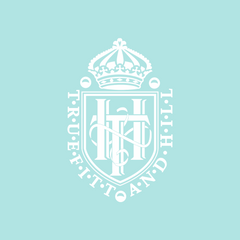 Mayfair
Mayfair Highgrove
Highgrove Cream and Soap
Cream and Soap Shaving Brushes
Shaving Brushes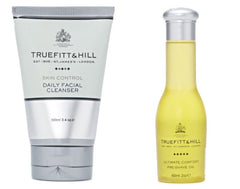 Pre-Shave
Pre-Shave Aftershave Balm
Aftershave Balm Razors
Razors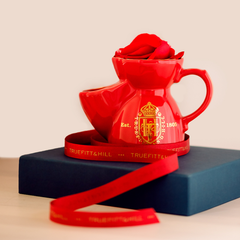 Stands & Mugs
Stands & Mugs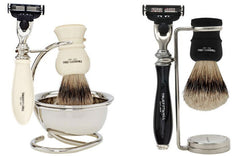 Sets
Sets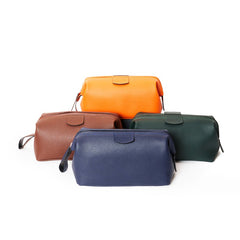 Bags
Bags Shampoo
Shampoo Tonic & Frictions
Tonic & Frictions Styling
Styling Combs & Brushes
Combs & Brushes Beard
Beard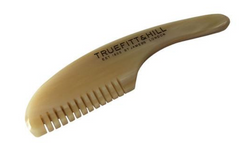 Moustache
Moustache Bath Soap
Bath Soap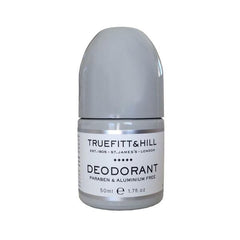 Deodorant
Deodorant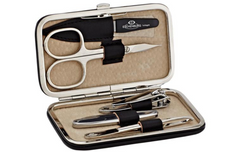 Manicure Sets
Manicure Sets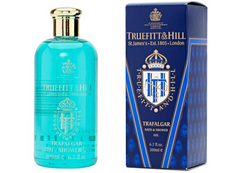 Shower Gel
Shower Gel Scrub & Cleanser
Scrub & Cleanser Skincare
Skincare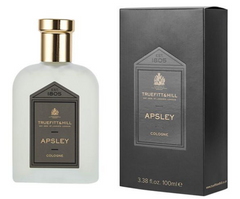 Cologne
Cologne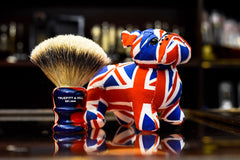 The Jubilee Collection
The Jubilee Collection E-Gift Cards
E-Gift Cards $50 and under
$50 and under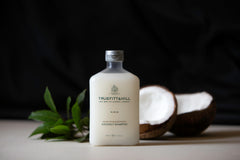 $100 and under
$100 and under $100 and over
$100 and over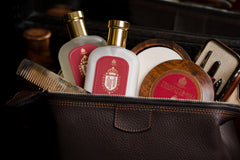 Gift Sets & Bundles
Gift Sets & Bundles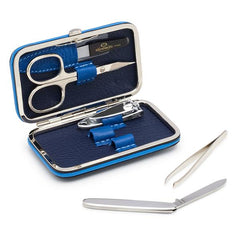 Grooming Accessories
Grooming Accessories Travel
Travel